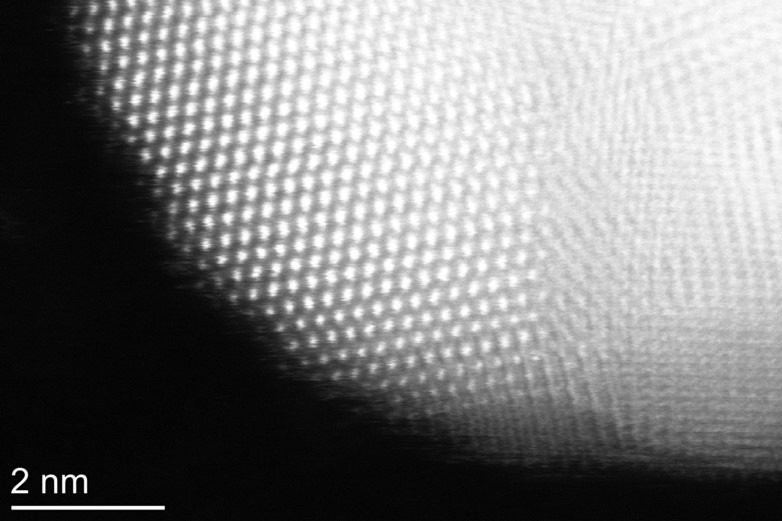Members Login

Channels
Special Offers & Promotions
Shaping the technologies of the future

Study is significant step forward in development of revolutionary technology
A new method of controlling the shape of tiny particles about one tenth of the width of human hair could make the technology that powers our daily lives more stable and more efficient, scientists claim.
The process, which transforms the structure of microscopic semiconductor materials known as quantum dots, provides industry with opportunities to optimise optoelectronics, energy harvesting, photonics, and biomedical imaging technologies, according to the Cardiff University-led team.
Their study, funded by the Engineering and Physical Science Research Council (EPSRC) and published in Nano Letters, used a process called nanofaceting – the formation of small, flat surfaces on nanoparticles – to manipulate the quantum dots into a variety of shapes called nanocrystals.
From cubes and olive-like structures to complex truncated octahedra, the international team of researchers say these nanocrystals have unique optical and electronic properties, which can be used in different types of technology.
Dr Bo Hou, a Senior Lecturer at Cardiff University’s School of Physics and Astronomy who led the study, said: “Quantum dots have the potential to revolutionise a number of industries because of the theoretically limitless efficiencies they offer. Our study is a significant step forward in the adoption of quantum dots technology across a wide range of energy and lighting industry applications.
“With further development, we might imagine the truncated octahedra we manufactured being used for energy harvesting in solar cells, improving efficiencies beyond the capabilities of current technologies which sit at around 33%. Likewise, our nanocrystals might be used for biomedical imaging, where inefficiencies and instabilities are currently limiting their use in diagnoses and drug delivery.
“So, these technologies really are the future and for our work to play a part in accelerating their application is really exciting.”
Working out of the state-of-the-art labs at Cardiff University’s new Translational Research Hub (TRH), the team grew the compound semiconductor nanocrystals in solvent and monitored their development in real time using computer simulations and powerful microscope technology.
Dr Hou added: “Growing the semiconductors in solvent was our preferred choice because of its low carbon footprint, potential for higher yield and economic benefits when compared to the high temperatures and vacuum conditions needed in traditional production.
“It also meant we were able to study the effect of solvent polarity on the shape of the nanocrystals, which could provide a means to stabilise polar surfaces with further research.”
The team is now developing image sensors and low-carbon footprint LEDs which will enable industry to implement the quantum dot nanocrystals into their technologies to boost their resolution and energy efficiency.
Cardiff University is recognised in independent government assessments as one of Britain’s leading teaching and research universities and is a member of the Russell Group of the UK’s most research intensive universities. The 2021 Research Excellence Framework found 90% of the University’s research to be word-leading or internationally excellent. Among its academic staff are two Nobel Laureates, including the winner of the 2007 Nobel Prize for Medicine, Professor Sir Martin Evans.
Founded by Royal Charter in 1883, today the University combines impressive modern facilities and a dynamic approach to teaching and research. The University’s breadth of expertise encompasses: the College of Arts, Humanities and Social Sciences; the College of Biomedical and Life Sciences; and the College of Physical Sciences and Engineering. Its University institutes bring together academics from a range of disciplines to tackle some of the challenges facing society, the economy, and the environment.
Media Partners


